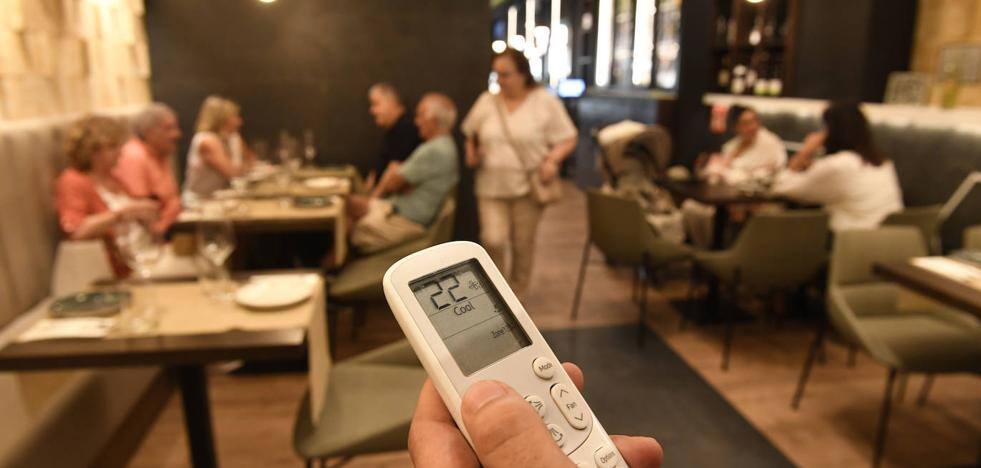The government is ruling out a tax on benefits to ensure energy companies and banks don’t use their accounting technique to evade it
The idea is the same, but the details obscure the differences between the European Union’s proposal on the application of an energy tax, and the rule that Spain will implement from January 1 if Congress approves the government bill. The origin of this new revenue that the state will obtain and at the same time the destination of that money that will determine the executive power marks the distance between the community proposal and the Spanish reality.
The European Commission expects to collect 140,000 million euros from benefits that the energy companies (electricity, oil and gas) did not even remotely expect, according to Brussels. But the Treasury Department has chosen to tax the sales of these companies (besides banking), not the profits they are allowed to make each year between 2022 and 2023. Why? Because the executive fears that the big companies affected by this tax are playing with accounting technique. That is, they adjust their final result with provisions, for example: amounts of money allocated to reserves to anticipate a negative contingency in the future.
That way they would reduce their net profit and the collection of the extraordinary tax would be reduced. By taxing income (what they invoice or what they sell, without adjustments), the money that the State will import is much more manageable, without the ability to apply those accounting tools, at least legally.
The Executive’s forecast is to apply a rate of 4.8% -comparable to the 5% proposed by the EU- on the revenues of electricity companies (and 1.2% in the case of financial entities), thus an estimated 7,000 million euros will be raised in two years. An amount that could be even higher after the latest interest rate hike by the European Central Bank (ECB). By raising interest rates (they are already at 1.25% from 0% at the beginning of the year), the revenues of the banks for what they charge for loans will also be higher.
The other difference between the community plan and the Spanish proposal lies in the destination given to that millionaire collection. The European Union wants this amount to be used to establish a finalists fund. That is, the proceeds of the extraordinary tax are used to finance energy aid policies, especially for the most vulnerable groups affected by the electricity and gas price crisis. However, in line with what the Treasury has clarified so far, it won’t go down exactly that path. Spain will use that money to include it in the general state budget.
In fact, the public accounts, which are currently being finalized pending their presentation before September 30, as mandated by the Constitution, are forecast to include these items as additional income. But what is done with that money will not be aimed at a specific goal, but at “promoting economic progress”, “common solidarity”; to “guarantee a decent life” for all Spaniards, or for “social justice”. These are some of the statements that the coalition government ministers use to defend the measure.
But, at least not yet, the Executive has not made it clear that the 7,000 million euros calculated for two financial years will go exclusively to measures related to energy support, such as the extension of the social bonus or the thermal control; a restriction on the rate regulated, as is done in other countries, or new direct aid that absorbs the escalation of prices in families with less economic resources. What remains in effect in Spain are the plans approved so far, which represent a disbursement of 30,000 million euros since the first one applied in March, with a discount of 20 cents per liter on fuel; the reduction of VAT to a minimum of 5%: the extension of the minimum vital income; or aid to industry and transport.
The proposal to reduce energy consumption in “peak hours” also has an exception compared to the rest of the European countries. According to Redeia, the system registers the periods with the greatest light consumption between 12 noon and 2 pm and between 9 pm and 11 pm. The first is the 120-minute stretch where demand skyrockets, coinciding with increased industrial, business and commercial activity. The second is related to the presence of families in their homes. In the rest of Europe, these rush hours are brought forward by one or two hours, depending on the country and daily use outside of Spanish.
Source: La Verdad
I’m Wayne Wickman, a professional journalist and author for Today Times Live. My specialty is covering global news and current events, offering readers a unique perspective on the world’s most pressing issues. I’m passionate about storytelling and helping people stay informed on the goings-on of our planet.



